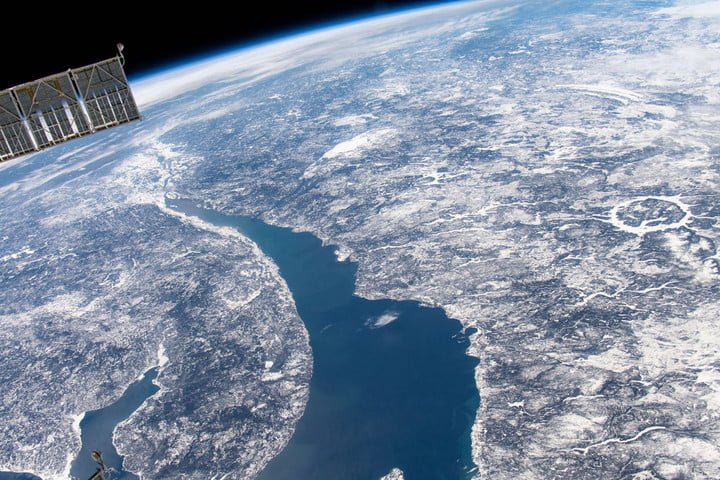We all as a child at some point, have looked at the night sky and wondered about ‘what’s out there?’ and few of us might have even thought ‘are those shiny things all-stars?’, well as it turns out they are not and one of them might even be coming towards us, let’s assess what we have so far on the subject.
The image below was captured by the International Space Station Expedition 59 crew as they were orbiting 400 kilometers above Quebec, Canada. The ring-shaped lake shown here is a modern reservoir inside the remains of a 100-kilometer diameter impact crater, which is over 200 million years old. This is to show us that what potential harm can these things falling from space can possibly cause.

Subsequently, this week space agencies (like NASA) from around the world will be dropping everything for coming up with an emergency response to this situation i.e., the Earth possibly getting hit by an enormous asteroid. Yeah, you totally read that right but don’t start panicking just yet because the asteroid impact up to this point is only hypothetical and the planning is simply part of a scenario played out.
A lot of you might be wondering if it’s only hypothetical then why to bother you, people, with such heavy stuff, well because news is a news and u gotta stay aware. Members of NASA’s Planetary Defense Coordination Office (PDCO) will join other space scientists in a simulation of how agencies, governments, and regular people might respond if our planet were threatened by an asteroid i.e., virtually playing the scenario beforehand to deal with the situation fully prepared in order for better results, for over a course of five days.
We now have a sophisticated system of all sorts of telescopes that can spot asteroids or comets coming near to Earth, But you might wonder how should we respond if we do identify such an object on a collision course with the planet? Well, that’s what NASA and other space agencies aim to achieve in the above exercise, as part of a strategy for protecting our very existence. So you shouldn’t start bundling up your supplies and stuff just this yet. Details of this scenario such as the probability of the asteroid impact, where and when the impact might occur are not yet shared publicly by NASA.
As disappointing as this current information is i.e., highly lacking, this is all that’s released to the public as of now. All you can do currently is to stay updated and yeah good luck spotting that asteroid with your bare eyes.

1 Comment
Pingback: Nuking the Asteroids can Actually Save Earth from Damage, claims study - Craffic